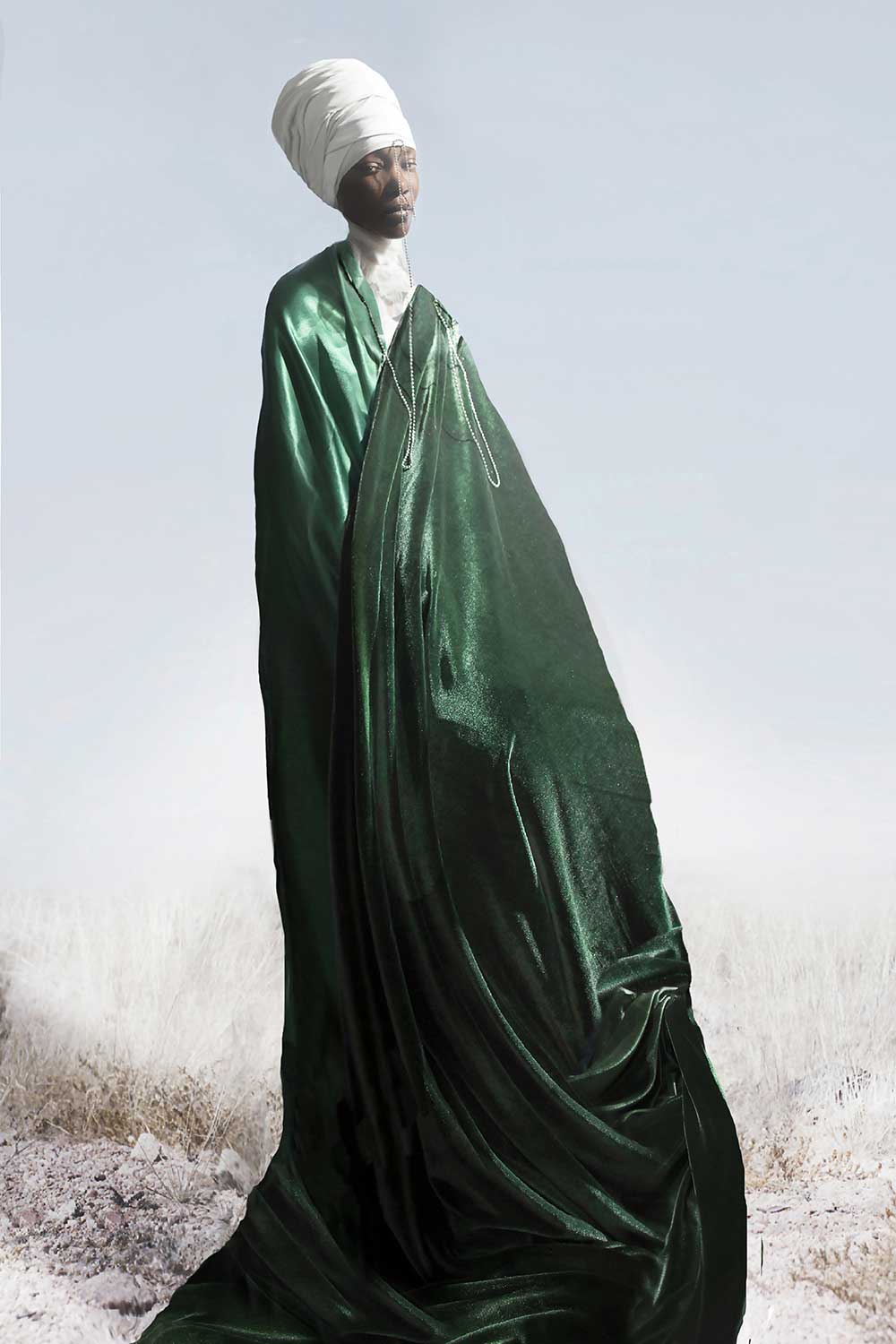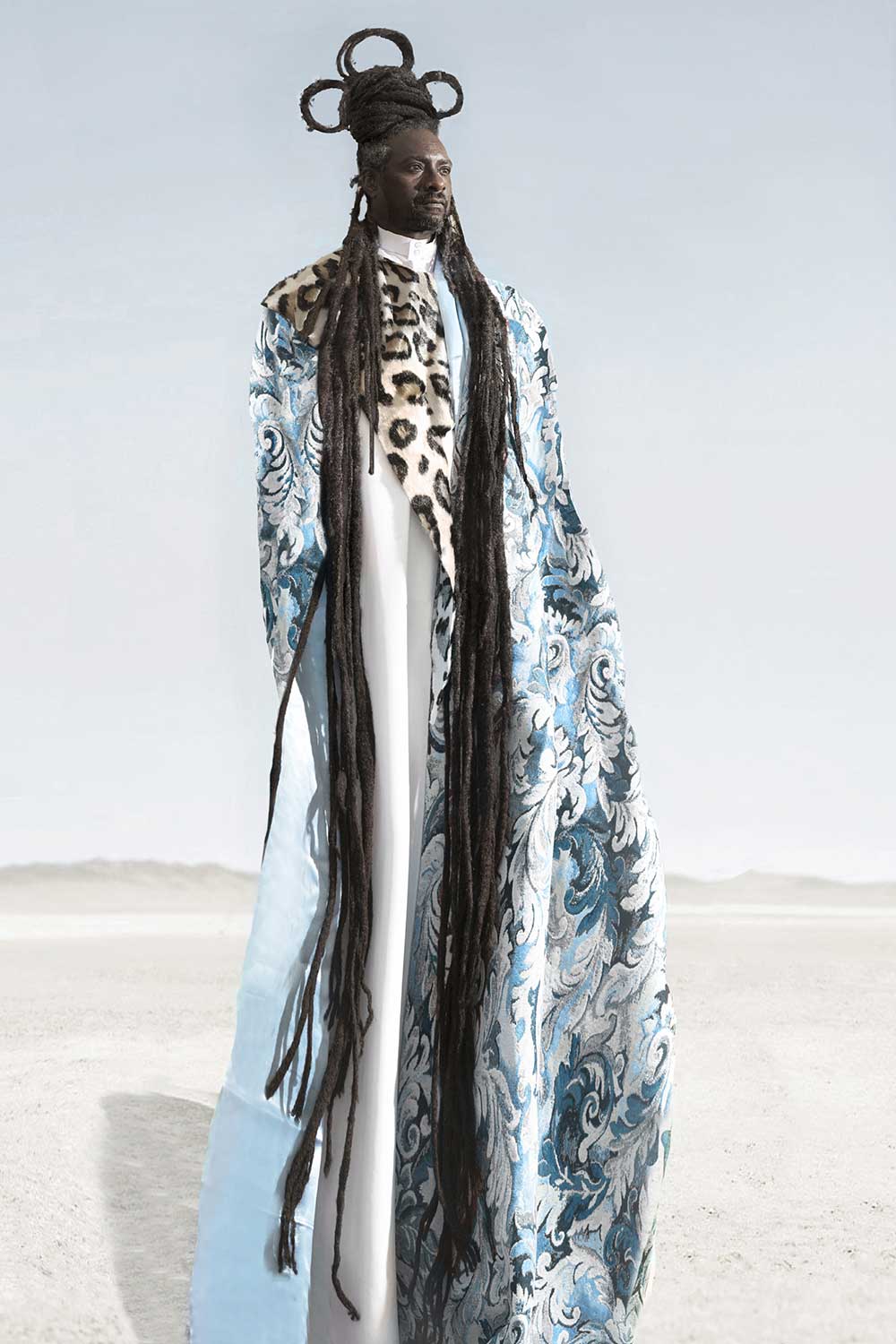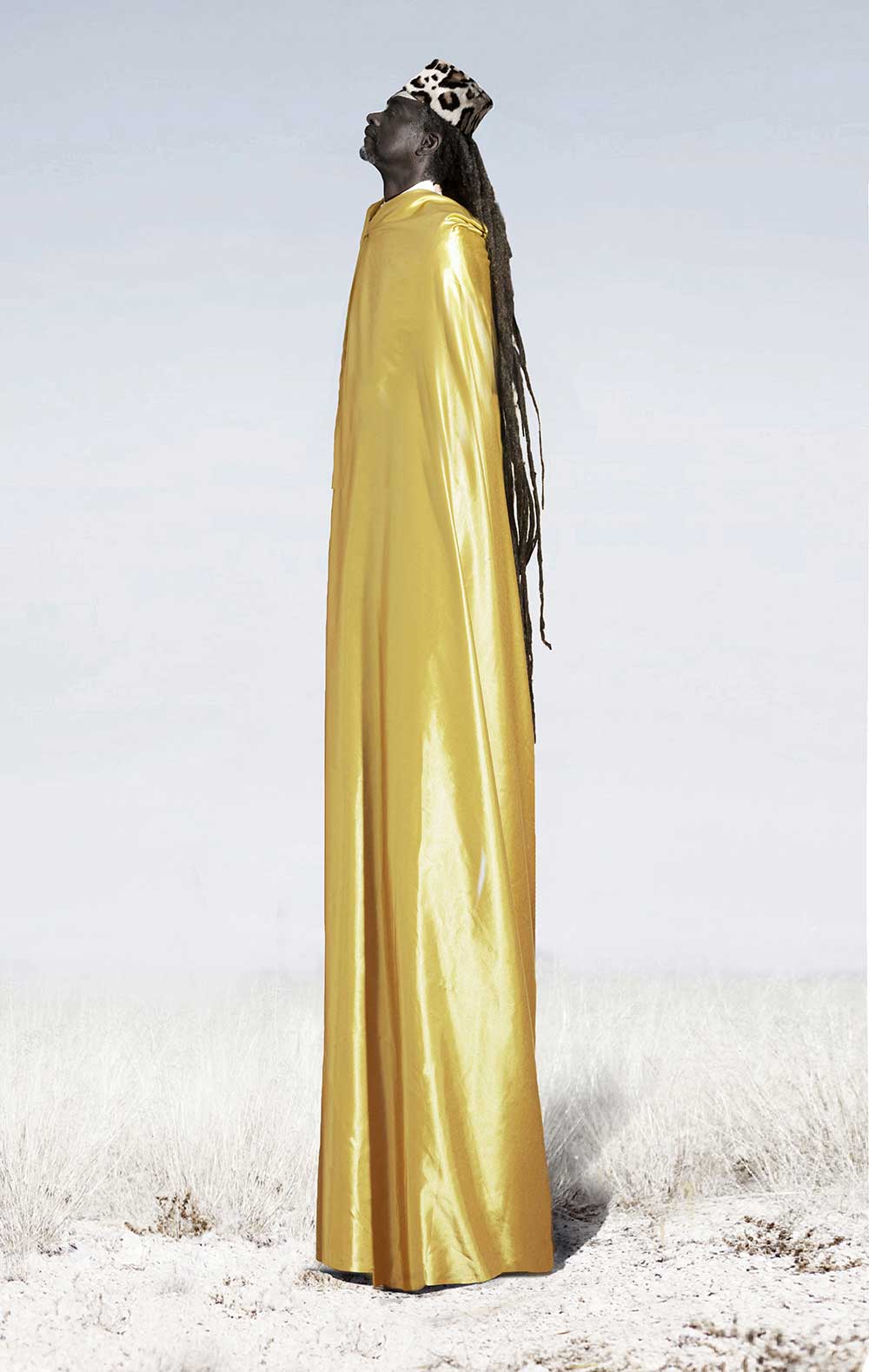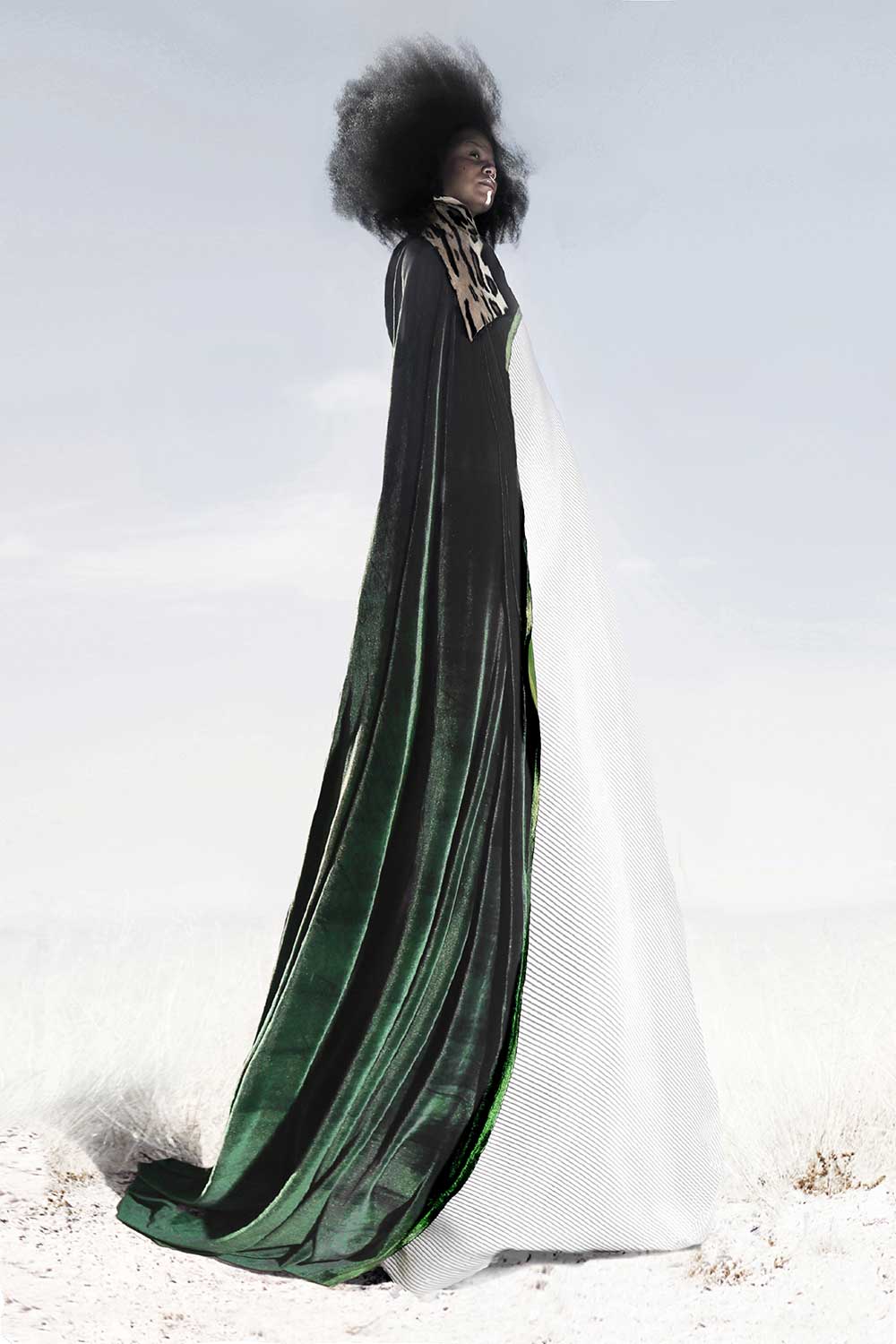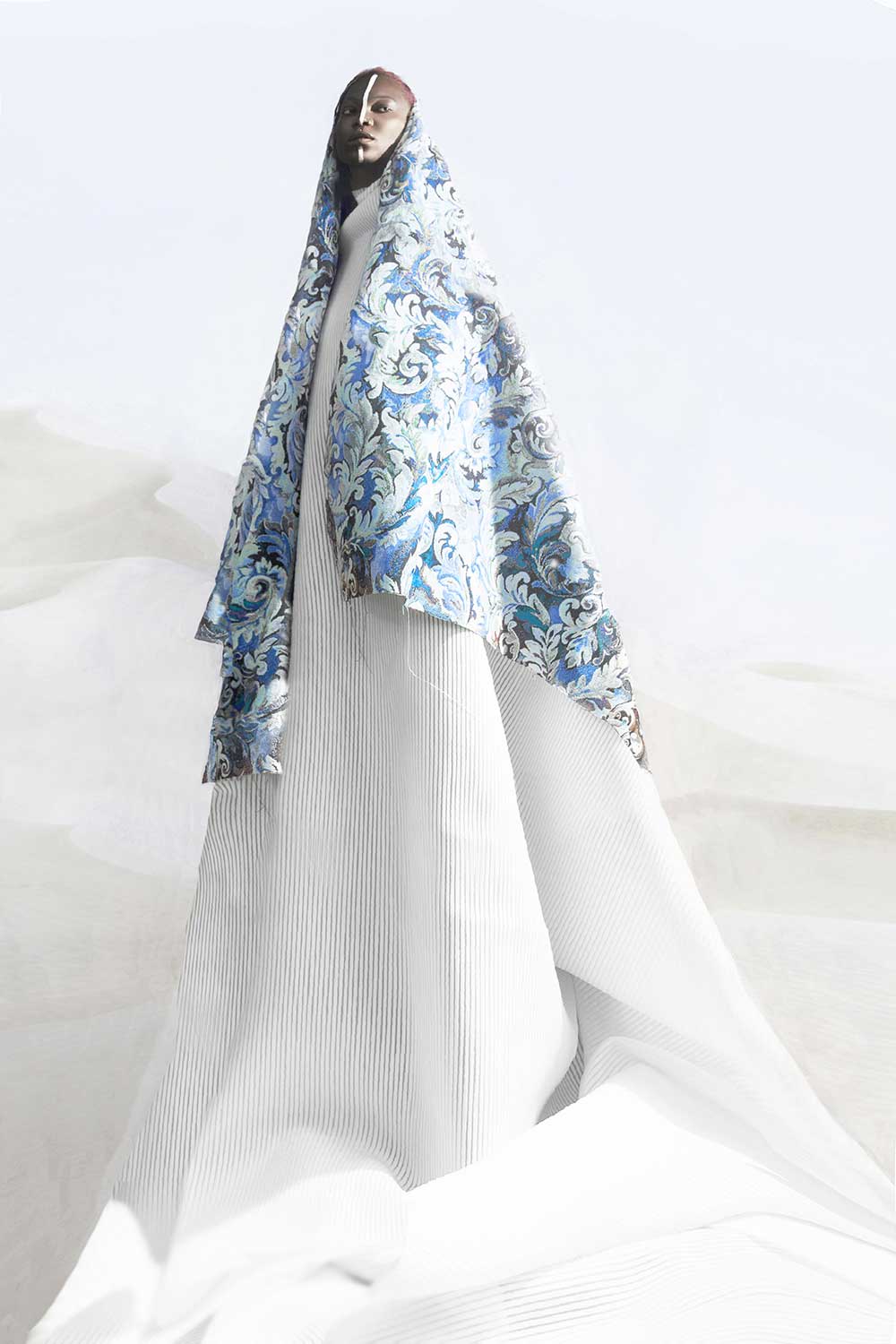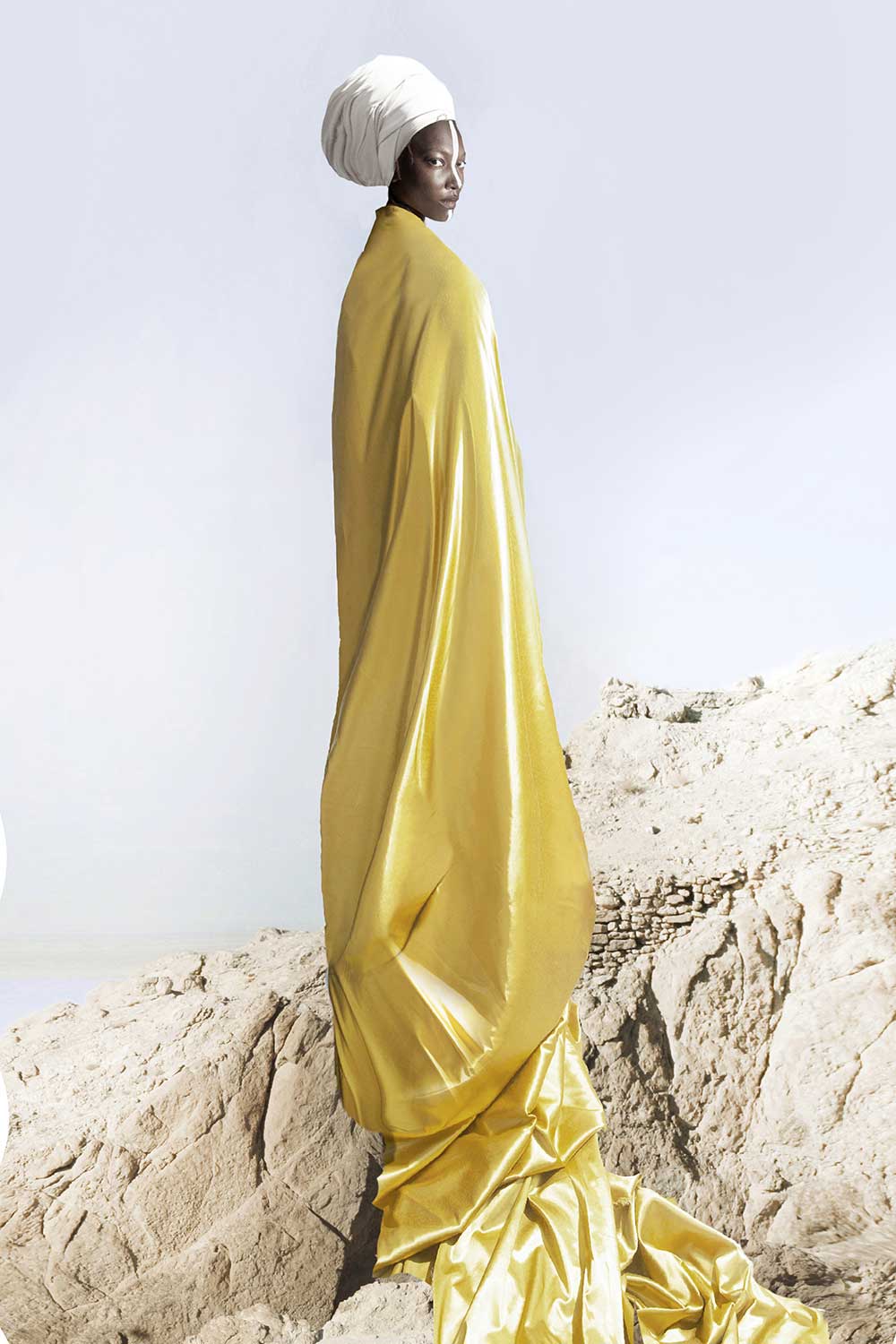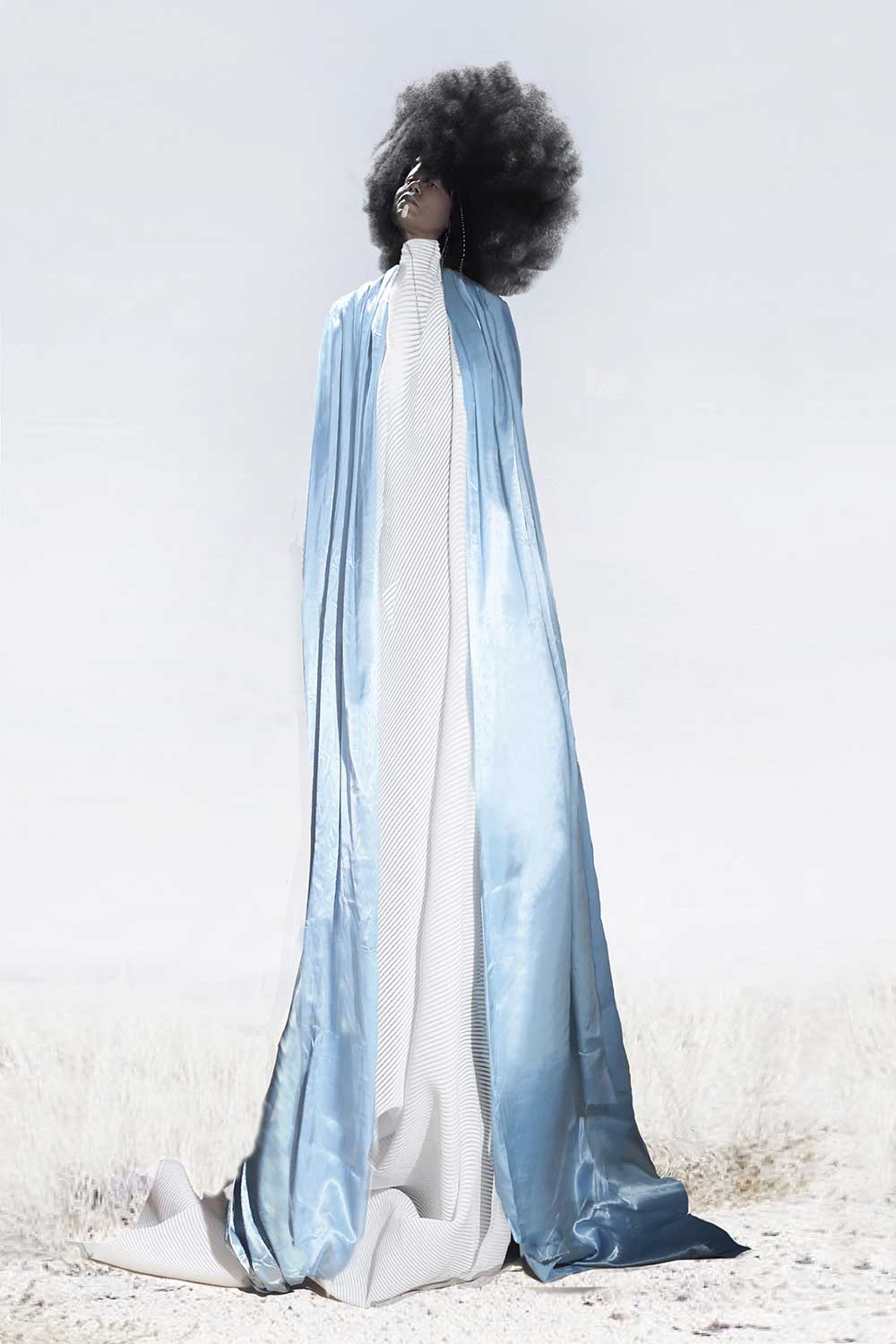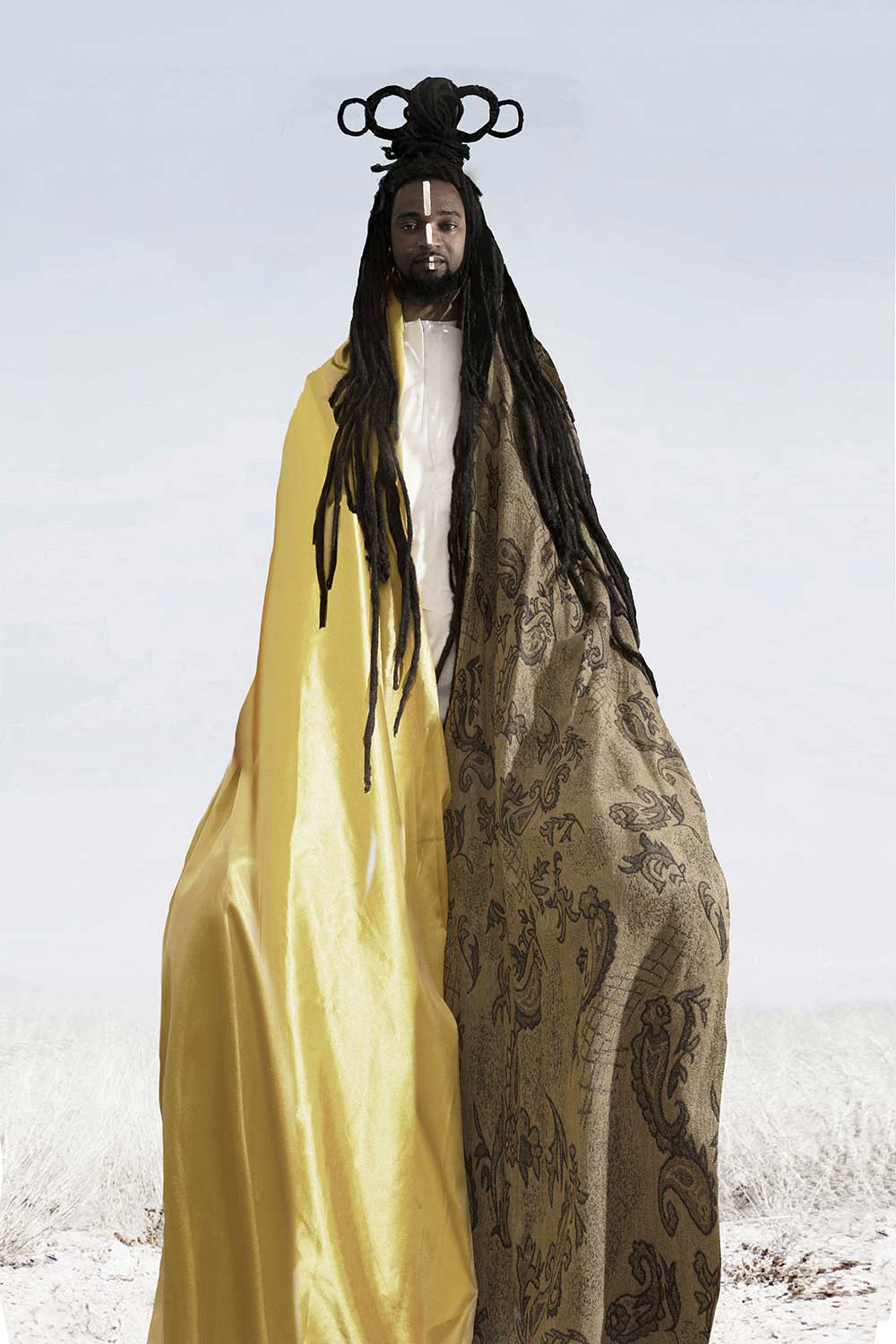When in 2000, the palaeontologist Paul Sereno went to look for new dinosaur bones in the Sahara Desert, he did not expect that he would return from there as an archaeologist.
Arriving in the northeast of Niger, Sereno and his colleague’s day after day sifted through the sand of Tener, one of the most inhospitable deserts in the world, which even the nomadic inhabitants of the Sahara call “desert in the desert”.
There were practically no finds. In the evening on the last day of the excavation, the scientists were about to leave, and most of them went to the camp, but Sereno still insisted that his team get to a distant hill, promising their employees that the expedition was on this hill. Sereno fulfilled his promise, but the end of that expedition was the beginning of a great new work: on the way to the hill, scientists found a whole stone age cemetery.
Human bones, perfectly preserved in African sand, stick out directly from the ground, and their palaeontologist-archaeologist noticed from the car, approaching the cemetery. For the first time in 2003, scientists returned to Niger, in the Gobero region, and over the past five years they found about 200 Stone Age graves. It is the results of the study of these 67 burials and the numerous bones and artefacts found both in these graves and in their environs.
As it turned out, the bones of people belonging to two cultures at once lie in Gobero.
The first about 10 thousand years ago came here tribes of strong people, hunters and fishers, which scientists attributed to the Kiffi culture. Just two millennia earlier, the last ice age ended, the Earth entered the Holocene, and the Sahara, which remained a dry desert for many thousands of years, was filled with water and life. There was a small lake in Gobero, which, according to archaeologists, attracted people. At the bottom of the lake there were many shells of bivalve mollusks, which people of the Stone Age ate, and in its waters up to 8 meters deep there were turtles and fish, including relatives of the giant Nile perch, whose length reached 1.5–2 meters.
10 thousand years ago this region resembled a mixture of modern Kenya with South Africa. There were elephants, rhinos, giraffes, antelopes and African boars. Probably all of them were food for the people who inhabited Gobero from about 7,700 to 6,200 BC. To hunt elephants, rhinos and giant fish, you need to have remarkable strength. And, it seems, the Kiffians met these requirements. They were real giants: judging by the skeletons that were discovered in the graves of the Kiffi episode in the history of Gobero – The growth of these people who lived 10 thousand years ago often exceeded 2 meters.
And the average growth of adult inhabitants of the environs of the ancient lake was about 1.8 to 2.15 meters – both men and women. The Kiffians were not just giants, they had a massive physique and were very muscular.
In order to maintain powerful muscles, the Kiffians had to get protein-rich food, and this, in the conditions of the Stone Age, always had to mean a very intense rhythm of life with constant hunting and fishing. Apparently, these people lived like this for one and a half thousand years, but about 8 thousand years ago they suddenly disappeared.
According to Sereno and his colleagues, at that moment another drought came to Africa, turning the Sahara back into the desert for a thousand years. [Official Website]



